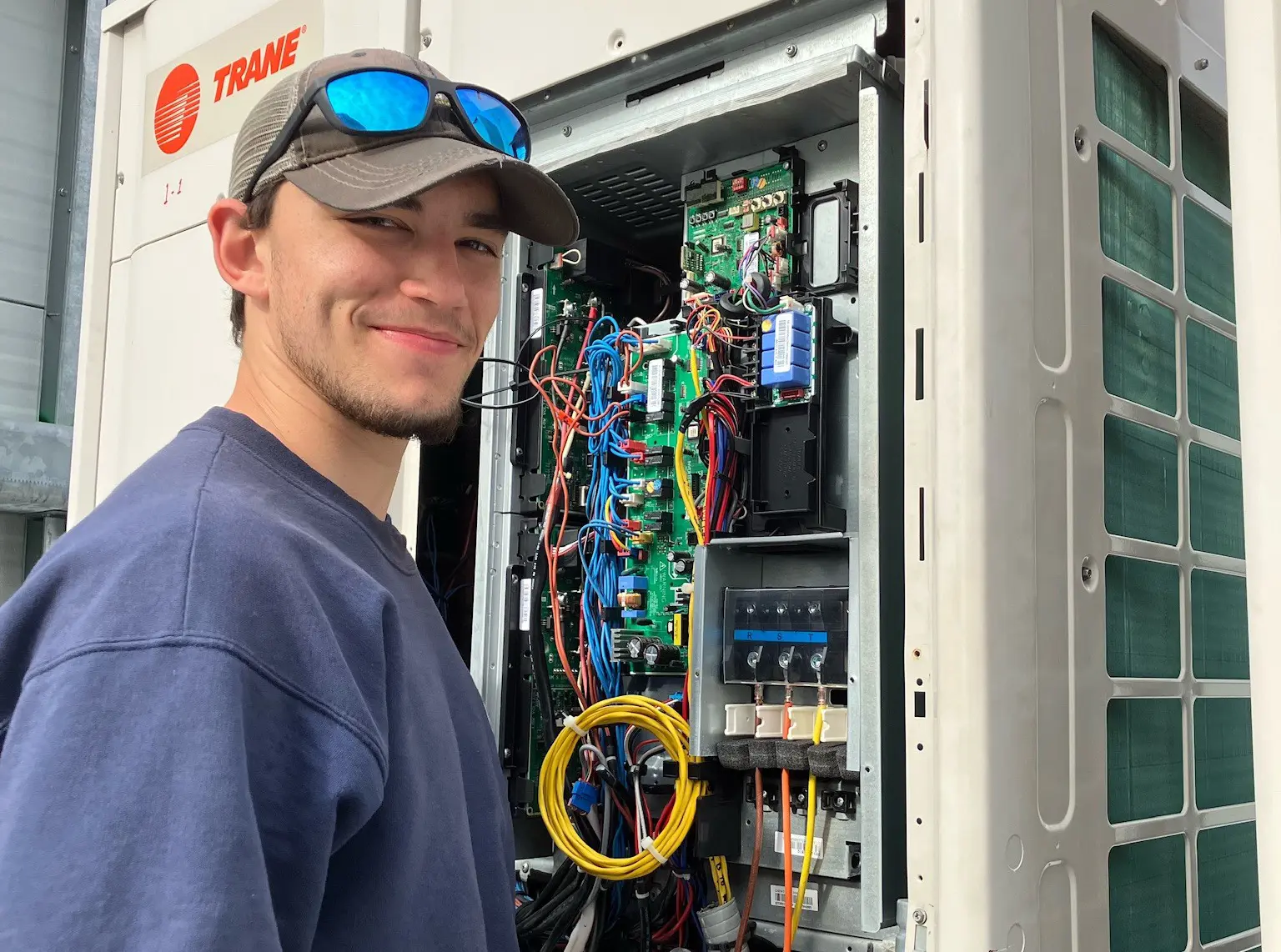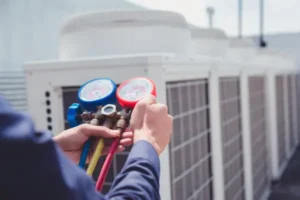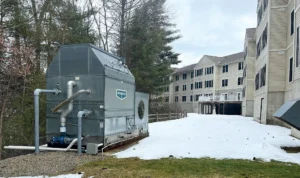HVAC systems contribute about 40% to a commercial building’s energy consumption.
As winter weather takes hold, the lower temperatures and higher heating costs can put a strain on facilities’ budgets.
Keeping employees and visitors comfortable is a top priority and implementing a plan to conserve energy can help reduce expenses.
Here are seven ways to be energy-efficient while maintaining comfortable indoor temperatures.
- Perform Routine Maintenance
Of course, the first step is to establish a routine HVAC inspection and maintenance schedule if you don’t already have one.
This will ensure you catch potential problems before they cause major issues and that your system continues to run at optimal efficiency.
2. Programmable Thermostats
Use programmable thermostats to control temperatures and improve operational energy efficiency. Calibrate thermostats to make sure they are reading properly. Then program the thermostats to lower temperatures when the building is not in use. Temperatures between 60 – 65 degrees will increase savings while keeping building systems safe.
3. Check Seals and Insulation
Installing insulation and sealants can have a significant impact on energy savings. Especially with older buildings, you can inspect walls, pipes, HVAC ducts, electrical outlets, and windows to find areas where heat is escaping. Add insulation, tighten up connections, and seal leaks. Inefficiencies increase energy use as the system works longer and harder to maintain temperatures.
4. Regularly Change Filters
Conserve energy by checking your filters and changing them quarterly. The dust, pollen, and other particles that HVAC filters remove from the air build up on the surface time. A dirty filter reduces the airflow to your HVAC system and causes it to work harder and use more energy. It also might not be able to maintain the proper temperature.
5. Use a Demand-Controlled Ventilator (DCV)
The primary purpose of ventilation is to eliminate exhaled carbon dioxide and replace it with fresh air. A demand-controlled ventilator (DCV) uses CO2 sensors to continuously measure and monitor the indoor air quality. The system adjusts the building’s ventilation settings based on the varying occupancy and can automatically reduce ventilation intensity during off-peak hours to save energy.
6. Install an Energy Recovery Ventilator (ERV)
Heating and cooling systems work hard to alter the temperature and humidity of incoming air and ERV systems help to conserve that energy.
During colder months the system humidifies and pre-heats and in warmer months it pre-cools and dehumidifies. An ERV system helps HVAC achieve ventilation and energy standards, improves indoor air quality, and reduces energy consumption.
7. Replace Your Old Boiler
If you have an old boiler, you could save up to 35% or 45% in heating costs by updating to a new model. As boilers age, their performance declines and as a result, indoor air quality suffers, and the potential for safety hazards increase.
Upgrading a commercial boiler means there will be less maintenance which leads to cost savings. Proactively replacing an old boiler also prevents a costly emergency repair, should the system break down.
Finally, while it is our first tip, it is also our top tip. Ensure that you properly maintain your systems to maximize the life of your equipment and prevent long-term problems. Investing in your building can positively impact indoor comfort, air quality, and your energy bill. Contact us to learn how we can help you lower your heating costs with our maintenance programs.



